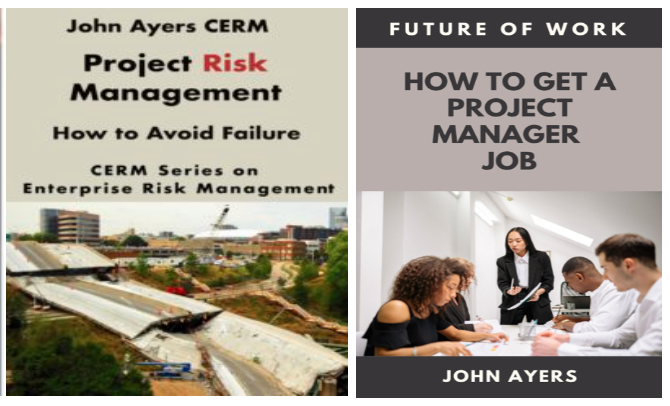 The 21st century, was an era of unprecedented global integration. During this period, the U.S. became heavily dependent on China for providing low-cost goods to help low and medium waged Americans to make ends meet. COVID-19 unveiled a very serious weakness in the U.S. supply chain with China that was unknown to the general public and most of the legislature.
The 21st century, was an era of unprecedented global integration. During this period, the U.S. became heavily dependent on China for providing low-cost goods to help low and medium waged Americans to make ends meet. COVID-19 unveiled a very serious weakness in the U.S. supply chain with China that was unknown to the general public and most of the legislature.
More than 85% of all imports for N-95 masks, respirators, disposable; and non-disposable face masks, surgical drapes, and surgical towels come from China. As an example, global trade in medical masks used by doctors and nurses grew from $900 million in January to $9.2 billion in May. China was the source of 92% of the U.S. imports.
How can we mitigate China’s supply chain risk? This paper presents a strategy to consider in achieving this goal.
CAN WE STOP TRADING WITH CHINA?
Predictions indicate that about 4% of China’s GDP and 3% of America’s GDP would temporarily disappear and then reappear as increased Chinese exports to Europe/Russia/Africa and India. US imports from those regions would also increase. In U.S., a lot of prices would increase dramatically, hurting consumers significantly. Stopping trade with China is not an option. They are the 2nd biggest economy in the world. China is the world’s largest manufacturing economy and exporter of goods. It is also the world’s fastest-growing consumer market
We cannot stop trading with China. We have to learn how to work with them but be less dependent on them and compete with them on the world stage.
PROCUREMENT STRATEGY
It is called the leader/follower procurement strategy. It is not new and has been around a long time. The way it would work with China is as follows:
Another company would be qualified and certified to produce the products. The other supplier would be domestic or from another country. The orders for the products would be split between China and the other source. For example, the leader China would get 60% of the orders and the follower, the other source, 40%. China and the other source would be informed of the leader/follower procurement approach but not given the names of the sources. If China raises prices, exhibits poor quality or delays shipments, then for the next procurement cycle China will becomes the follower and the other source the leader. China will know they are in a competition and had better improve their performance to win the lions share of the procurement. Same is true for the second source. This approach allows the U.S. to continue procuring products from China but in a competitive environment.
LEADER/FOLLOWER PROCUREMENT STORY
I was the project manager for a guidance assembly used in missiles produced by one of the major aerospace companies. They had a leader/follower procurement approach. The aerospace company made it clear to us that we were the leader and another company was the follower. But, if our price, quality or delivery was subpar, then we became the follower, not the leader. This situation happened once on my watch. It motivated me to improve our performance which we did and became the leader for the next procurement cycle.
As part of this approach, the aerospace company rotated among all of their missile subcontractors for a quarterly review at the chosen subcontractor’s facility. Each one of the subcontractors were assigned an alphabetic number for privacy reasons. During the meeting a report card was presented on a large screen with each subcontractor’s performance shown. It was easy to see how you staked up with your competition. You had a chance to co-mingle with subcontractors’ personnel in attendance. This approach provided transparency without divulging a company’s name as well as a team bonding event.
I witnessed first hand how well the leader/follower procurement approach worked. I believe it would also work with China if we give it a chance.
Summary
It is clear that the U.S. is too dependent on China. The full extent of this dependency became clear to the general public and legislatures because of COVID-19.
Experts predict we just cannot stop cold turkey with buying product from China. We need to keep working with them but in a better and smarter way.
I believe the leader/follower procurement approach can help us achieve that goal. But it will take time to set it up and implement it.
Bio:
 Currently John Ayers is an author, writer, and consultant. He authored a book entitled Project Risk Management. It went on sale on Amazon in August 2019. He authored a second book entitled How to Get a Project Management Job: Future of Work. It is on sale on Amazon. The first is a text book that includes all of the technical information you will need to become a Project Manager (PM). The second book shows you how to get a PM job. Between the two, you have the secret sauce to succeed. There are links to both books on his website. https://projectriskmanagement.info/He has presented numerous Webinars on project risk management to PMI. He writes columns on project risk management for CERM (certified enterprise risk management). John also writes blogs for Association for Project Management (APM) in the UK. He has conducted a podcast on project risk management. John has published numerous papers on project risk management and project management on LinkedIn. John also hosts the Project Manager Coach club on clubhouse.com.
Currently John Ayers is an author, writer, and consultant. He authored a book entitled Project Risk Management. It went on sale on Amazon in August 2019. He authored a second book entitled How to Get a Project Management Job: Future of Work. It is on sale on Amazon. The first is a text book that includes all of the technical information you will need to become a Project Manager (PM). The second book shows you how to get a PM job. Between the two, you have the secret sauce to succeed. There are links to both books on his website. https://projectriskmanagement.info/He has presented numerous Webinars on project risk management to PMI. He writes columns on project risk management for CERM (certified enterprise risk management). John also writes blogs for Association for Project Management (APM) in the UK. He has conducted a podcast on project risk management. John has published numerous papers on project risk management and project management on LinkedIn. John also hosts the Project Manager Coach club on clubhouse.com.
John earned a BS in Mechanical Engineering and MS in Engineering Management from Northeastern University. He has extensive experience with commercial and U.S. DOD companies. He is a member of the Project Management Institute (PMI. John has managed numerous large high technical development programs worth in excessive of $100M. He has extensive subcontract management experience domestically and foreign. John has held a number of positions over his career including: Director of Programs; Director of Operations; Program Manager; Project Engineer; Engineering Manager; and Design Engineer. He has experience with: design; manufacturing; test; integration; subcontract management; contracts; project management; risk management; and quality control. John is a certified six sigma specialist, and certified to level 2 Earned Value Management (EVM).
Go to his website above to find links to his books on Amazon and dozens of articles he has written on project and project risk management.